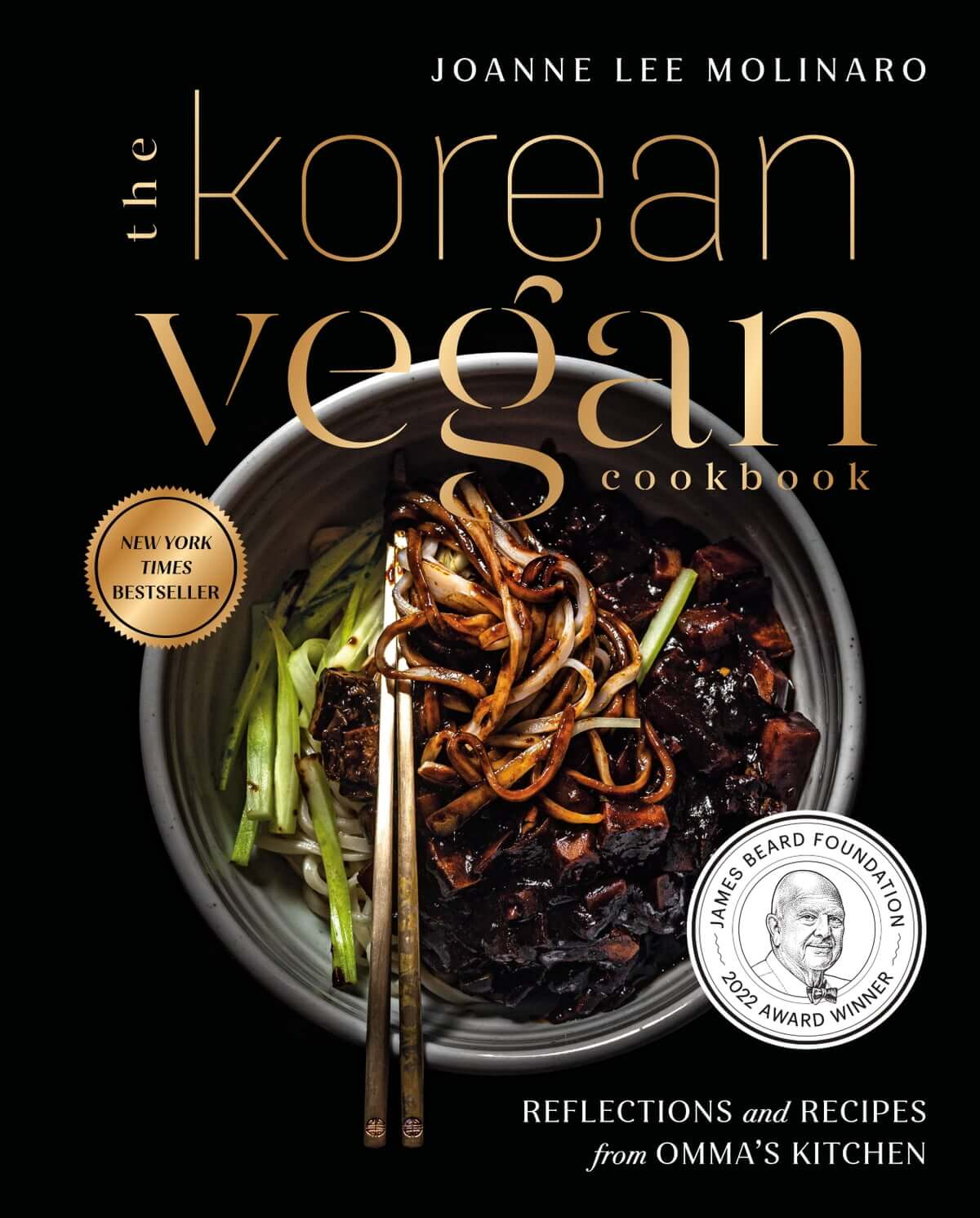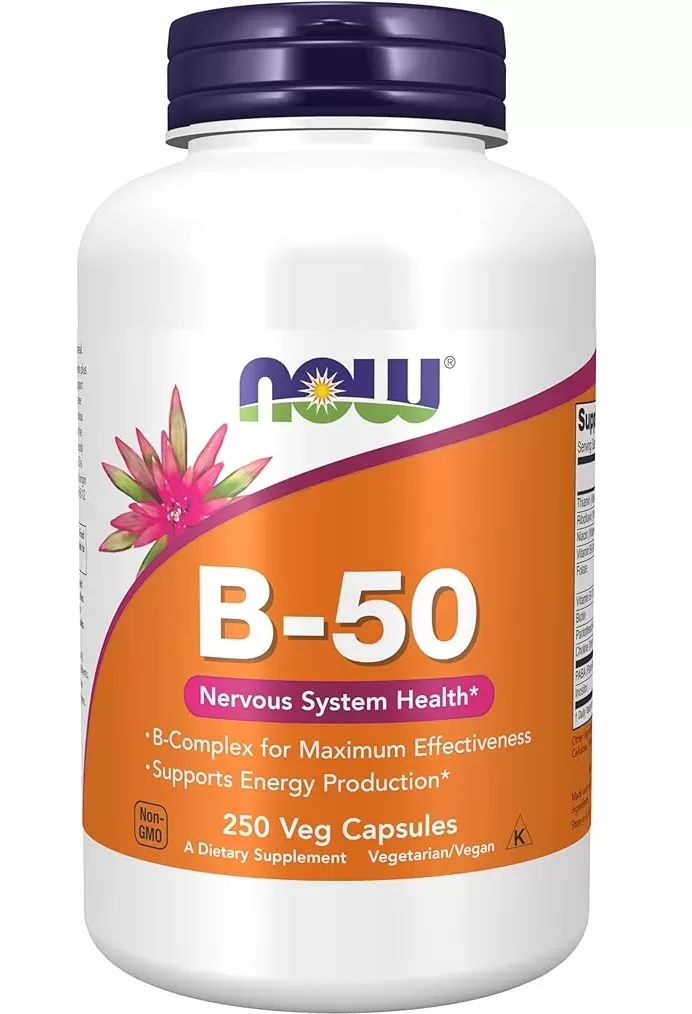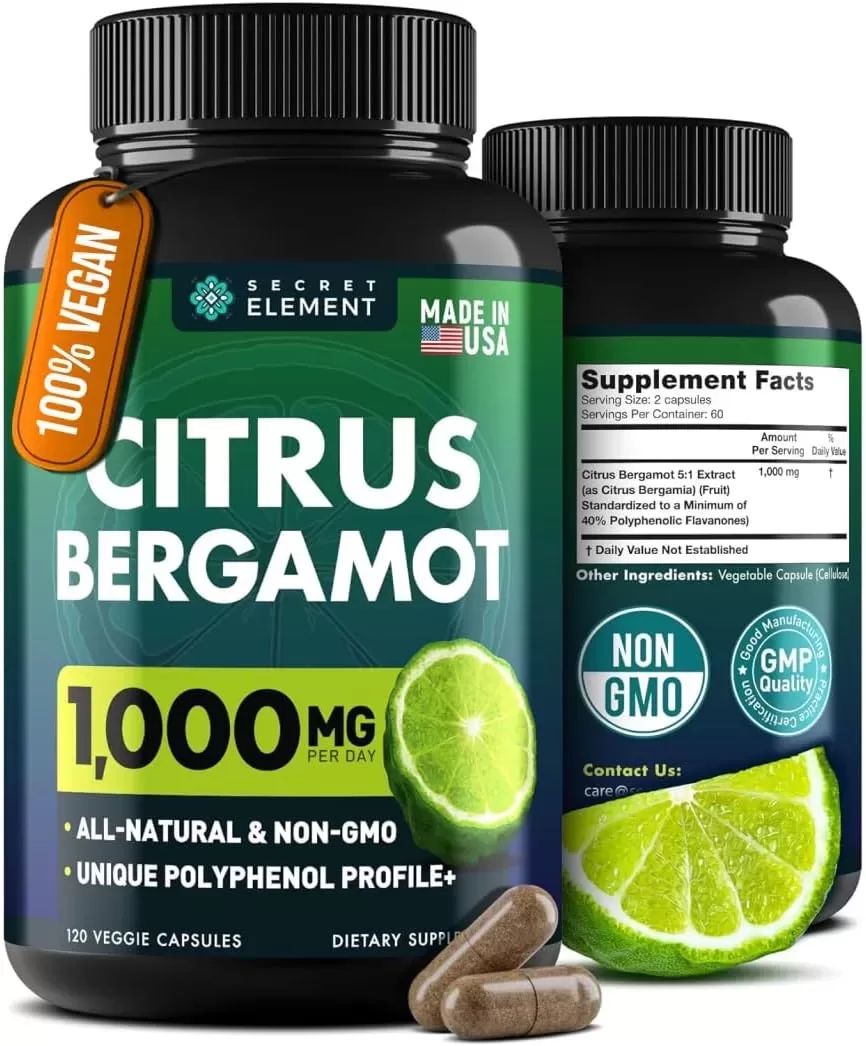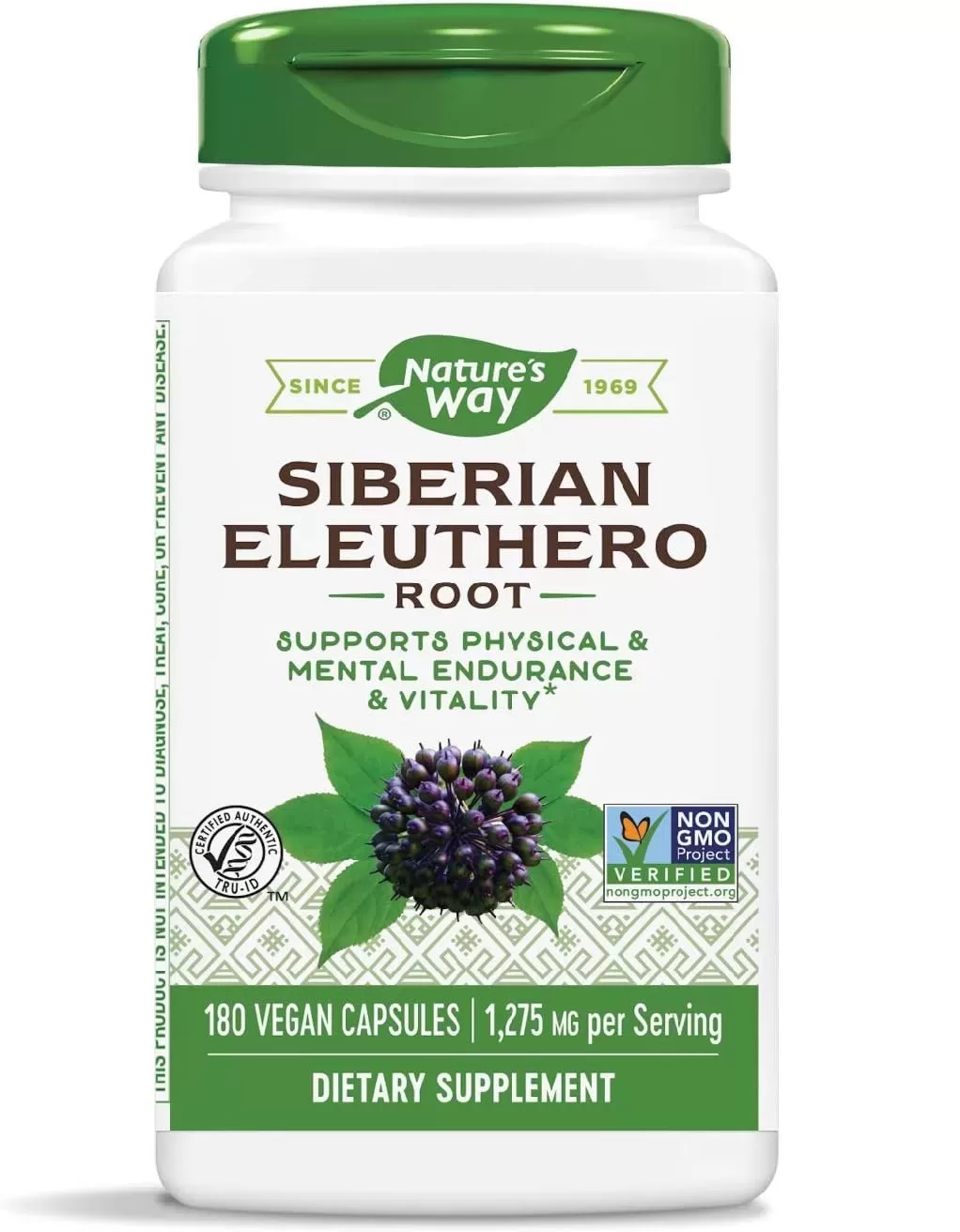If you’ve ever been to Italy or an Italian restaurant, it’s pretty safe to assume that you’ve been met with a difficult choice: red pizza or white pizza?
The majority of people will pick the classic red pizza; however, by not knowing what a white pizza even is, you may be missing out on your new favorite Italian flavor.
White pizza is a traditional Italian pizza dish that is distinguished by its cheese, garlic, or cream base. It fundamentally lacks any type of tomato base or sauce and instead is characterized by a white pizza sauce, which you may substitute with alfredo or bechamel.
If you’re bored with the same old red style, looking to expand your Italian culinary repertoire, or searching for some tips on making the ideal white pizza dish, keep reading. You can learn about the meal’s ingredients, health benefits, and common misconceptions below.

What Is White Pizza?
White pizza is a traditional Italian dish made without a tomato base or sauce. While this may sound like a massive departure from the fundamentals of Italian cuisine, both red and white pizza equally date back to ancient Roman times.
White pizza—also referred to as pizza Blanca, white pie, or pizza Bianca (the traditional Italian name)—is known to possess a great variety when it comes to ingredients and toppings (source: Pizzeria Locale).
The base is often made from a mixture of pizza dough, flour, milk, and cheese. It’s common practice to add other ingredients, like garlic or butter, to enhance the flavor and texture of the dish.
The cheese used in the making of the base will also vary, the most common options being ricotta or parmesan.
The staple white sauce is perhaps the most stand-out quality of any white pizza pie (source: The Spruce Eats). While this can be alfredo or bechamel, the most authentic variations of this dish are served with a titular white pizza sauce.
The differences and uses of these sauces are discussed later in this article.
What Goes on a White Pizza? (Popular Toppings)
As previously mentioned, the ingredients used to make white pizza are often very diverse. However, there are a few that remain staples of the dish.
This style of pizza is not exclusively vegetarian or vegan and does not fall under any dietary-requisite necessities. As a result, the customization of possible toppings is practically limitless.
The best toppings to add to your white pizza can include the following (source: Tf Recipes):
- Garlic
- Rosemary
- Spinach
- Parmesan, mozzarella, camembert or ricotta cheese
- Sun-dried tomatoes
- Basil
- Beef
- Ham or crispy bacon
- Goat cheese
- Mushrooms
You can also add a healthy spritz of olive oil to the dish or layer the base with pesto and the sauce of your choice.
Of course, it’s recommended not to add all of these toppings at once. Instead, add moderate amounts of a few to achieve your ideal flavor and combination.
The basic ingredients to keep in any rotation of toppings include garlic, olive oil, spinach, and the cheese or cheeses of your choosing. This ingredient list complements each other nicely and often go well with any other additional toppings you might hope to add.
The lack of a tomato base allows for the accentuation of more unique and subtle tastes, so don’t be afraid to experiment and find your perfect mix.
Speaking of bases, the white sauce base will often stay the same. However, it is essential to note that there are alternative bases to choose from, ranging from similar whites to more abstract or specific pesto and olive.

What Is White Pizza Sauce?
White pizza sauce is perhaps the most critical ingredient in white pizza, composed of milk, butter, cheese, and other flavoring elements. It is also common to apply alfredo or bechamel sauce as the base or to expand into other culinary vegetable-based options.
The most authentic white pizza dishes are served with their own specifically made white pizza sauce. If you’re hoping to prepare an authentically Italian white pizza, it’s best to use this sauce specifically.
So what exactly is white pizza sauce? This base is usually made from neutral parts of flour, milk, butter, and cheese, with added ingredients like garlic or oil to promote any desired flavors (source: Wholesome Cook).
Culinary experts may also tend to flavor their sauce with things like ground black pepper, sea (or kosher) salt, seasonings, basil leaves, and oregano. While this is commonplace, for the most part, traditional white pizza sauce lacks these complexities.
The specialty of this sauce is in complimenting its partnering ingredients. It is rarely made or used to provide a robust individual flavor but to be subtle and allow for the taste of other components to come through.
Is White Pizza Sauce the Same As Alfredo?
Although they are both white sauces, white pizza sauce and alfredo sauce should not be confused as equivalents.
White pizza sauce is not the same as alfredo. The two sauces are often used interchangeably in pizza and pasta dishes. However, they differ significantly in ingredients, preparation process, and taste.
Alfredo will often feature a lot of creams and cheeses to maximize its texture and flavor. Compared to white pizza sauce, which will rarely contain cream and works as a complement to the toppings of the pizza, the difference is fine but clear.
The same goes for bechamel, or besciamella, a similar white sauce that you may use for pizzas. This is a base that usually contains a fair amount of seasoning with nutmeg or pepper. (source: Serious Eats)
White pizza sauce is a base sauce made separately from the accompanying meal. This method differs from the preparation of alfredo sauce, which you may make and prepare with the rest of a meal.
This sauce is an individual component explicitly made for white pizza dishes. While you can use other sauces like alfredo or bechamel in meals as a substitute or alternative choice, they are crucially different sauces and should not be confused.

White vs. Red Pizza: Main Differences
There are some significant differences between white pizza and red pizza. These should dictate your choice of the best option regarding your taste and diet.
The most apparent difference between the styles of pizza is the lack of a tomato base or sauce. The impact on health benefits will be discussed in the next section of this article. For now, here are the culinary separations.
The use of tomato sauce in red pizzas offers a stable and consistent taste that is powerful and sufficiently its own flavor in the dish.
As opposed to this, white pizza sauce is most commonly applied to a meal in order to complement the other ingredients and toppings. It allows you to notice subtle flavors a tomato base would otherwise overpower.
This difference in function often leads people to understand white pizza as a typically more flavorsome kind of pizza.
The possibilities of ingredients for white pizzas are generally superior to red pizzas. However, this is outweighed by the simplicity and easiness of the traditional red pizza, which most commonly features cheaper, more accessible ingredients.
The difference in accessibility is considered a large factor as to why red pizza is a far more popular choice in the U.S.
Is White Pizza Healthier?
White pizza is not healthier than red pizza. The ingredients commonly used for white pizza are typically fattier and provide more calories than the red style. This isn’t necessarily unhealthy in every case; however, it is certainly not the ideal option if you are looking to lose weight.
You should be careful about the amount of oil used in flavoring the meal, making sure not to indulge too heavily. This will help you to keep the pizza healthier.
Excess garlic or cheese can also become detrimental to one’s health if not consumed mindfully.
Another prominent aspect of white pizza being less healthy is the lack of tomato-based ingredients. Tomatoes contain essential antioxidants and lycopene that will be absent in your average white pizza (source: Quattro).
Despite this, there are numerous methods you can take to make your white pizza far healthier.
As noted at the start of this article, white pizza is not exclusively vegetarian or adherent to any ingredient restrictions. This implies a heavily customizable recipe that you can easily make into a more lively dish.
Perhaps you can add sun-dried tomatoes to replace the nutrients missing from a lack of tomato base. You can also add a hearty portion of vegetables in your toppings or even meats for protein. The recipe will entirely rely on what you require.
You should also consider adding a thinner base, using less cheese, or even simply making a smaller pizza if you are looking to find methods to create a healthier white pizza recipe (source: Consumer Reports).
To conclude, white pizza is a flavorsome, highly customizable Italian meal. It rivals red pizza as a style, and while it is less healthy, it is overall a great option for pizza lovers to enjoy.













Comments are closed.